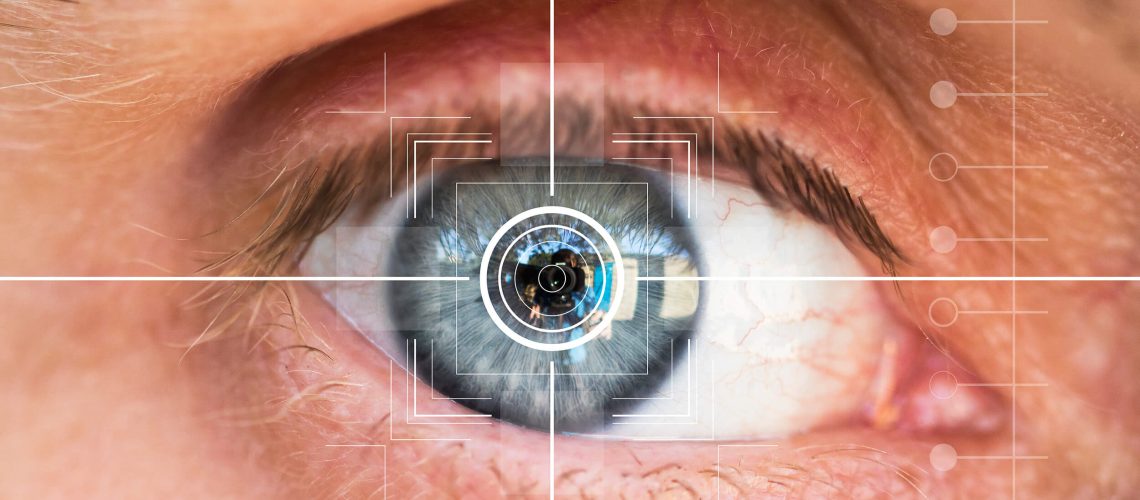
Leonardo Da Vinci was probably one of the most influential artists during the 15th and 16th centuries and one of his greatest works, the Mona Lisa, has captured audiences worldwide.
What do people notice first when they see this iconic work of art? 85% of them focus on the face, almost immediately without thinking. The next most noticed region is her hands1.
The above Heat Map, Visual Sequence diagram and Regions of Interest diagram (in that order) are outputs from 3M’s Visual Attention Software and measures what the eyes track2.
What is Eye Tracking?
Eye tracking is a technology that measures the movements of our eyes and enables us to understand what is being looked at, for how long, and how we alter our focus from one element to another when looking at any visual or image. The point where the gaze stops moving is called a “fixation” while the movement of the eye between two fixation points is called a “saccade”3.
Consider the same example as above. Conventional research would have typically asked participants what they saw, what interested them and why. These participants would have relied on their conscious memory and answered based on what they deemed appropriate to mention. Would they be able to accurately articulate what they saw first, second and so on? Maybe or maybe not.
Eye tracking doesn’t depend on human memory and helps to uncover what participants may be unaware of or unable to articulate in their reasoning4.
How does Eye Tracking work?
Most eye trackers consist of three elements — sensors which record the direction of the light reflected off the eyes, a camera that takes multiple high-resolution images of the eye and machine learning algorithms that process the images taken by the camera and tell us exactly where the eye is focused5.
Depending upon the type of research being conducted, one of the following types of eye tracking devices is used6:
Analysing Eye Tracking data7
Heatmaps visualise how long or how often each of the elements in the visual was looked at.
Warm colours like red and yellow indicate areas which are looked at for long periods of time or those that have more fixations.
Areas in green have fewer fixations or are less significant.
Gaze plots or saccade pathways help to visualise the gaze pattern or path through a series of dots. The sequence of the gaze points is indicated by the numbers in the dots and the size of the dot represents the length of the fixation.
The path indicates how people scan the content and their decision-making process.
Where can I use Eye Tracking?
As more and more businesses are adopting a digital storefront, consumers’ expectations are becoming greater. They have shorter attention spans and are not as forgiving when they have a less than stellar experience.
Usability testing/or UX research benefits from Eye Tracking in many ways. Whether it involves evaluation of advertising, packaging design, or user experience around websites and apps, Eye Tracking can reveal what grabs attention, what doesn’t and what influences purchase behaviour. Understanding the path to purchase can be especially helpful to increase shopper conversions and build loyalty8.
Eye Tracking is very effective in early product/packaging development stages and can help to identify design flaws. When combined with usability research, eye tracking provides even more powerful contextual data and can provide the researcher with a holistic understanding of the user’s actions9.
Capabilities
Limitations10
If existing research methods are not delivering the UX insights you need, then Eye Tracking may be right for you, and it is even more effective when combined with other traditional methods of research such as usability testing. Like any other technology-based research tool, Eye Tracking is best implemented by trained professionals who know how to derive value for insightful impact.
**********************************************************************************
Reference Appendix